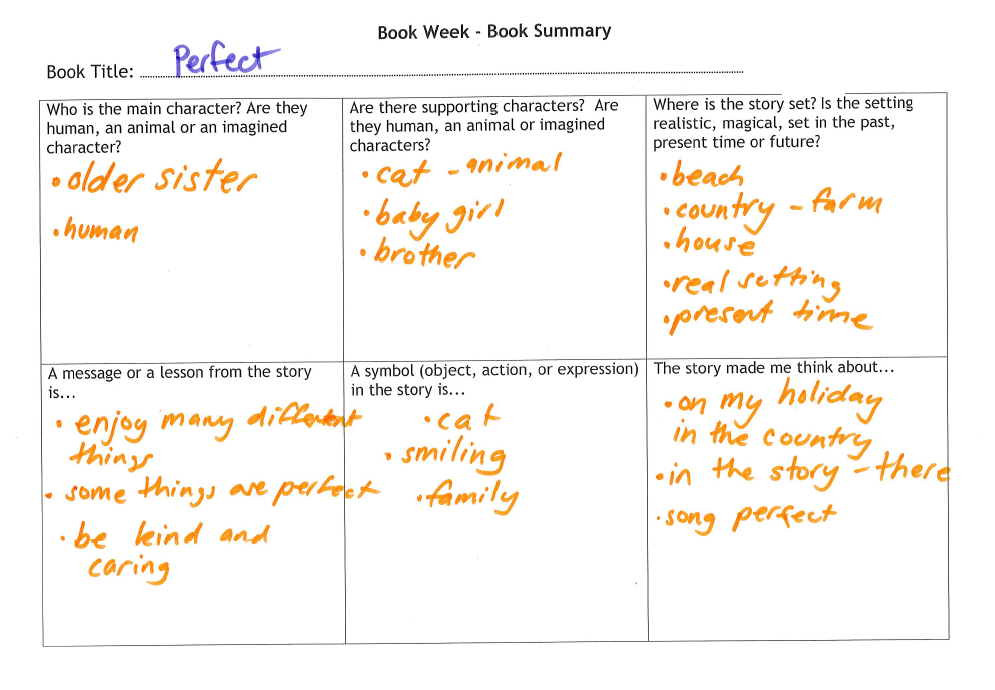The Children’s Book Council Shortlist of books provided many possibilities to introduce and explore Thinking Routines. This term I introduced the Harvard Project Zero Visible Thinking Colour, Symbol, Image Routine CSI to Year 3. The CSI routine was introduced and each week after we had read one of the Shortlist books the students were given a sticky note to write or draw a Colour, Symbol and Image related to the story. After a few goes the activity became easier and the students were able to dig a little deeper. The CBCA Shortlist Picture books led to deep thinking as they covered themes and ideas that were real and at times confronting.
Once we had completed the activity for the six books the students selected one book to examine and respond using the CSI routine in greater detail. A selection of work can be found in this post. Overall I was impressed with the students understanding and their response to the CSI routine, it enabled students to share aspects of the book and touched on the theme, mood and at times character emotions.
This unit of work links to the NSW Syllabus for the Australian Curriculum English and has been used successfully with Year 3. It combines literacy and critical and creative thinking. Students explore the six CBCA Short List Picture Books and apply the Visible Thinking Routine – CSI to each book. For the final piece of work students select one book to extend on.
Key Focus:
Colour – Symbol – Image
- List ideas (thoughts) that you found interesting or important from the story.
- Choose one idea, what colour best represents this idea? Why?
- Choose a symbol to represent this idea or connects with the story. Explain your reason.
- What image would best represent this idea or connects with the story? What would the image include?
[embeddoc url=”https://libraryowl.edublogs.org/files/2016/09/Picture-Books-Shortlist-Colour-Symbol-Image-2nykiiw-1u74z8p.docx” width=”70%” height=”200px” download=”all” viewer=”google” ]
[embeddoc url=”https://libraryowl.edublogs.org/files/2016/09/Colour-Symbol-Image-response-summary-1-1m8a72b-19uehxo.docx” width=”70%” height=”200px” download=”all” viewer=”google” ]
[embeddoc url=”https://libraryowl.edublogs.org/files/2016/09/Colour-Symbol-Image-response-final-copy-1d8d9sf-2jyv0td.docx” width=”70%” height=”200px” download=”all” viewer=”google” ]
Updated Links:
CBCA Short List 2018 https://www.cbca.org.au/short-list-2018
Visible Thinking: Colour – Symbol – Image http://www.rcsthinkfromthemiddle.com/csi-color-symbol-image.html





















